The installation of solar panels for homes becomes a widely interesting topic nowadays. This matter of discussion is timely — considering the cost of electricity bills increases almost every year. Thus, finding ways to reduce electric energy consumption from the utility is a must-do thing.
Without a doubt, installing solar panels for your home will offer a huge help. Especially now, materials and labor costs of solar PV system installation have dramatically dropped — as compared to previous years. This means the return of investment for solar homes sees a great improvement. Indeed, going solar is a worthy pursuit if you’re serious about cutting down your monthly electric bill cost.
Why should I consider installing solar panels?
Aside from the obvious reason of saving money, powering your home with solar energy has more advantages than you can imagine.
Firstly, you begin to tap on the most abundant power source on the planet; which is the sunlight! The Sun produces its energy by nuclear fusion of hydrogen nuclei to helium (source). Powering your homes with solar panels means harvesting energy that the sun generates and converting it into electricity. Indeed, it is possible to power your home appliances using sun rays, which is awesome!
Secondly, it reduces your carbon footprints. So, what does it mean? It simply means that you help the environment because you reduce the release of carbon dioxide into the air. Now, you might ask how it works. By simply using solar energy, you reduce the demand for power plants in burning fossil fuels. In effect, these power plants produce lesser greenhouse gases to the environment. Meanwhile, some highly developed countries like Germany and the Netherlands plan to eliminate CO2 emission from non-renewable power sources by using more solar and other renewable types of energy.
Additionally, installing solar panels for homes is a great investment to make. It will pay for itself in an average of 6 years. For the rest of its 25-year or more life span, you will enjoy free electricity. It also increases the value of your property.
We encourage you to learn more about the advantages of solar energy by reading our previous post
What do I need to know about solar panels?
Before you buy solar panels for your home, make sure you know the basic things about them. They come in various shapes, sizes, power capacities, types, and other characteristics. It is important to note as well that they come in many different brands. Thus, the solar panel cost also varies.
You will find more of the details on the solar module datasheet that manufacturers provide. Indeed, it is a good idea to know your solar panels first before buying and installing them.
Solar Panel Types
There are a few types of solar panels that are available in the market. However, we will just introduce the top 3 solar cell types which most solar homes use.
Monocrystalline Solar Panels (Mono-SI)

High-performance solar modules utilize monocrystalline silicon. We call them Monocrystalline Solar Panels (Mono-SI). The process of creating it involves melting high-purity, semiconductor-grade silicon. This produces the least amount of impurities. Thus, forming a continuous single crystal, making it the most efficient type of the solar panel in the market.
Mono solar panel efficiency ranges from 18-22%. We base the calculations on the amount of solar energy it will produce within its total surface area. This will be the best option if you want a higher capacity of solar power in a small area.
Polycrystalline Solar Panels (p-Si)

Polycrystalline Solar Panels (p-Si) is made up of polycrystalline silicon or polysilicon. A chemical purification process produces this is also a high purity form of silicon. Unlike the monocrystalline variety, multiple small silicon crystals make up a polycrystalline solar cell.
Its efficiency ranges from 15-19% as of the moment. And, It is quite cheaper than the monocrystalline solar modules.
Thin-Film: Amorphous Silicon Solar Panels (A-SI)

Thirdly, the thin-film module is another type of solar panel being used for homes. This consists of thin layers of photovoltaic materials. Usually, it has glass layers on the back and front of the panel to enclose and protect the light-absorbing materials. Solar cells on thin-film modules use several technologies including:
– cadmium telluride (CdTe),
– amorphous thin-film silicon (a-Si, TF-Si) and,
– copper indium gallium diselenide (CIGS).
In terms of efficiency, it ranges from 7-15% as of the moment.

Solar Panel Physical Attributes
In basic terms, a solar panel is a group of solar cells connected within a rectangular frame.
Solar Cell Dimension. On average, each solar cell has a 156.75 mm x 156.75 mm surface area (6.17 in x 6.17 in). And, the most common configurations of a solar panel are the 60-cell (6 by 10 cells) and the 72-cell (6 by 12 cells) arrangements.
Thus, this gives us the solar panel dimensions of 992 mm x 1953 mm (37.8 in x 76.89 in) for the 72-cell module. It usually comes in 300 to 390 Watt-peak in solar capacity.
The 60-cell module usually has an area of 992 mm x 1637 mm (37.8 in x 64.45 in). Usually, it comes in 250 up to 340 Watt-peak capacity.
Solar Panel Average Weight. Solar panels weigh between 18 kg to 38 kg, depending on the types of materials used by manufacturers.
- Typical 60-Cell Framed Solar Panel Dimensions
- Typical 72-Cell Framed Solar Panel Dimensions
Knowing these numbers is very helpful. In fact, it makes it easy to estimate how many solar panels you will need to install in your home. You can then know what the total capacity of your solar power plant will be.
Note: To become 100% sure of their dimensions and weight, you can directly check it from the solar panel’s datasheet. It is also advisable to visit the manufacturer’s website and download the specifications document. Meanwhile, you may also want to know what solar panels are made up of.
How do I calculate my solar plant size?
Do you plan to install your solar panels in your home? Do you have enough space for solar on your roof? How much do you want to save from your electricity bills?
These are some of the questions you need to answer to calculate your solar plant size. Depending on the amount of space available, you will be able to know the total capacity of your solar home.
Estimate Your Solar Plant Size Quickly
Estimating the maximum solar plant size for your home is pretty straightforward. The average surface area of a solar panel is around 2m². We are talking about the commonly used 72-cell solar module here.
As a rule of thumb, simply divide your allotted area by 2m². (Bear in mind though, the allotted area mentioned here should not include your space for maintenance access). Then, you will have the estimated number of solar panels for your home. Multiply that to the solar module capacity of your choosing. As a result, you will get your estimated solar plant capacity fairly quickly.
For example, your roof area that is intended for solar is about 40 m². It means you will be able to fit approximately 20 solar panels. But, make sure you have considered having maintenance access space as well. This means you want to leave a good amount of area for cleaning and maintenance purposes.
Let us say, you chose to buy 390 Watt-peak solar modules. Then, your total solar plant capacity will be 20pcs. x 390Wp or 7,800 Watt-peak or 7.8kWp. This will be fine if you just want to quickly assess your solar PV plant size.
How to Calculate Your Home’s PV System Size Properly
Here, we will identify the steps on how to properly calculate your solar plant size. It is a very important thing to do at this stage. This will make your planning smooth and precise.
1. Measure Your Roof.
To be more accurate with your solar plant size, you need to measure up your roof. Measure it safely and accurately. Or, you can just refer to the scaled as-built drawings for your home if you have them.
2. Choose Your Solar Panel.
This step is both exciting and interesting. At this point, you need to consider a lot of things in choosing your solar panel model. You have to decide on factors like module size, capacity, and cost. However, thousands of solar module manufacturers fill the market today. So, how do you know which model is right for you?
Let’s make this simple here. If you want to maximize your roof space, you will want to choose the ones with the highest solar panel efficiency. It means the one that has highest wattage output with the least surface area. But, this also comes at a hefty price per unit. Notable brands for this type are the likes of:
- SunPower.
- LG.
- Panasonic, and others.
Meanwhile, some brands give fair panel efficiency with competitive prices. The list includes the following:
- Jinko Solar.
- Suntech Solar.
- Canadian Solar.
- JA Solar.
- Trina Solar, and others.
Undoubtedly, it is recommended that you take your time in choosing your solar panel model. Doing research and checking out more information about them will help. In the end, what matters is the quality of the solar panels for your home.
3. Create the Solar Panel Layout.
Now, you have the roof measurements and specific solar panel models. The next step is to create the layout of the solar panels. In other words, you will need to finalize the arrangement of these modules on your roof. Through this, you will determine the number of solar modules you can install on your home.
It is recommended to use a computer-aided drawing (CAD) to properly plan your solar rooftop system. You can hire someone to do this for you if you don’t have the time and skills for this task. Or if you want, you can still draw it manually with your pen, paper, and ruler. Just make sure everything is scaled properly.

4. Calculate Your Solar Plant Size.
After following the first 3 steps, calculating your solar plant size is pretty simple. From the solar panel layout, you will have a total quantity of solar modules. Now, multiply that by the module wattage and you will have your total solar plant capacity.
For example, you chose a 390 Watt-peak solar module. Upon creating the solar panel layout, it turned out you can fit 20 nos. of them.
Multiplying:
20 x 390 Watt-peak = 7,800 Watt-peak or 7.8 kWp solar PV system.
From there, you will have the solar power plant’s peak power output.
What materials do I need to prepare for my home solar power plant?
Preparing the materials you need for your home solar system is the next thing to do. Basically, you can summarize the list with the following components:
- Solar modules.
- Inverters.
- Solar mounting structures and accessories.
- Cables and cable management system.
- Meter.
- Point of connection.
You will be able to experience a variety of benefits by deciding to get solar panels installed at your home. Before you go ahead with the decision, it is also important to have a clear understanding of how to locate the top solar panels for homes today. That’s because the market is saturated with lots of different solar panels and picking the best option out of them will become an overwhelming job to do.
If you pay attention to the following factors, you will find it an easy task to get your hands on the best solar panels for your property.
Ask for recommendations before buying solar panels.
To begin with, you can ask for recommendations from your friends, neighbors, family members, and even colleagues. If they have solar panels installed at their homes, you will be provided with some excellent recommendations.
Based on their recommendations, all you have to do is to locate the right solar panel system available out there. Even if they have negative experiences, the information will be shared with you. As a result, you can effectively refrain from spending money to purchase sub-par solar panels.
Have realistic expectations on price.
You need to have realistic expectations of the price at the time of investing your money to get solar panels from the market as well. In some instances, you will come across service providers who quote unbelievably low prices for your solar panels.
In such a situation, you need to pay more attention to the quality of the products. Otherwise, you will end up investing your money to buy a sub-par product, which is not worth it at all.
You need to compare the warranty periods as well as the components of the solar panels that you are getting. Along with that, you need to take a look at the reputation of the manufacturer. If it is a well-established and large-scale company, you will be able to experience substantial savings. That’s because they have enhanced buying power. In other words, they are in a position to reduce the miscellaneous expenses and they pass the cost-benefit directly to consumers like you.
See how much warranty you can get.
The length of the warranty offered by the manufacturer is something that you shouldn’t ignore at the time of investing your money to purchase solar panels. It is better if you can pick a manufacturer, who guarantees to offer a warrant for at least 25 years.
A high-quality solar panel system will be able to last for more than 25 years. Therefore, you can get the most out of your investment for the years to come as well. If the warranty needs to be honored, the manufacturer should be operating at that time. Therefore, you shouldn’t forget to take a look at the stability of the manufacturer as well.
Figure out what kind of solar panels you are going to buy.
When you take a look at the best solar panels available to buy, you will notice that there are many different options available to consider. You must carefully go through those options and figure out what specific product you are going to invest in.
For example, if you have only limited space on your roof, you need to look for highly efficient solar panels. That’s where the monocrystalline solar panels would come into play. The technology behind solar panels is changing at a rapid pace. Therefore, it is better if you can do your own background research and locate the solar panels, which are manufactured according to the latest technological standards.
Even if you have plenty of space available on top of the roof, you are encouraged to do a comparison between the output and size. Then you can invest money to purchase the best solar panels. When you make that investment, you will never have to regret anything in the future.
Take a look at solar panel certifications.
While you purchase solar panels, you need to take a quick look at the solar panel certifications as well. For example, some of the solar panels are eligible for government rebates.
You need to be mindful of this while spending your money to buy solar panels. If they meet the pre-defined specifications, you will be able to get your hands on the government rebates.
See how efficient the inverter is.
Along with your solar panel system, you will be able to get your hands on an inverter as well. You need to pay extra attention to the efficiency of this inverter. The functionality of the power inverter is to convert DC power generated by the solar panels directly into AC power.
You need to understand that all solar inverters are not designed to be equal. It is better if you can go for an efficient inverter so that you will be able to receive the maximum possible experience out of your solar panel system. In other words, it can help you to harness the maximum power from the solar panels you install at your place.
Never ignore solar panel mounting.
At the time of shopping for solar panels, you should never ignore solar panel mounting as well. You need to make sure that the tracking system, ground mounting, or roof mounting is engineered according to the area you are based.
For example, if you are living in an area that is highly vulnerable to strong winds, you need to make sure that you are getting a mounting structure that is rated with high wind speeds.
Top Tier Solar Panels Today by Bloomberg
As for the criteria chosen by Bloomberg, they determine which company belongs to the tier 1 solar panel manufacturers listing. Just follow the link and see the updated list of top tier solar modules.
Final Words
These are the most important tips that you should keep in mind when buying top solar panels for homes today. If you keep these tips in your mind at the time of shopping, you can make sure that you don’t make any mistakes with your purchase.

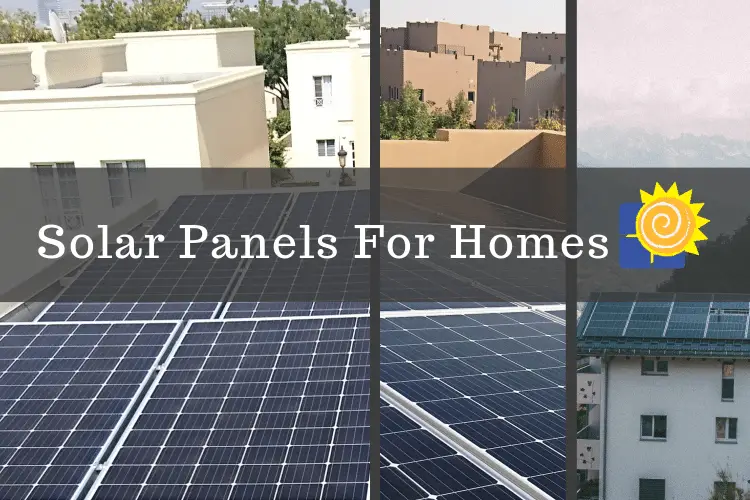
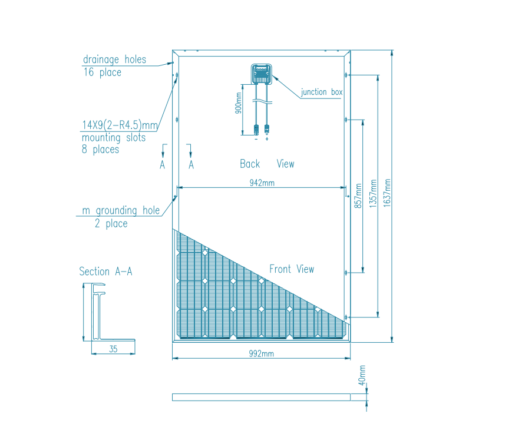
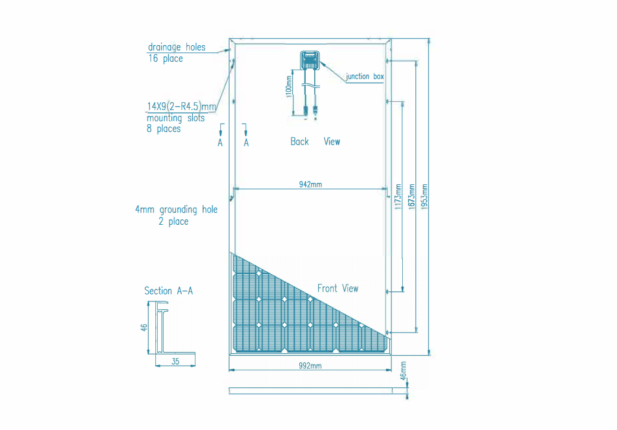



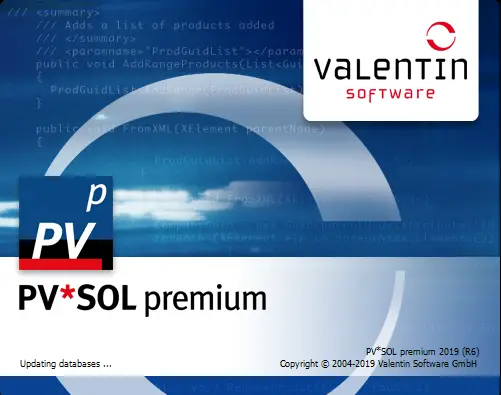
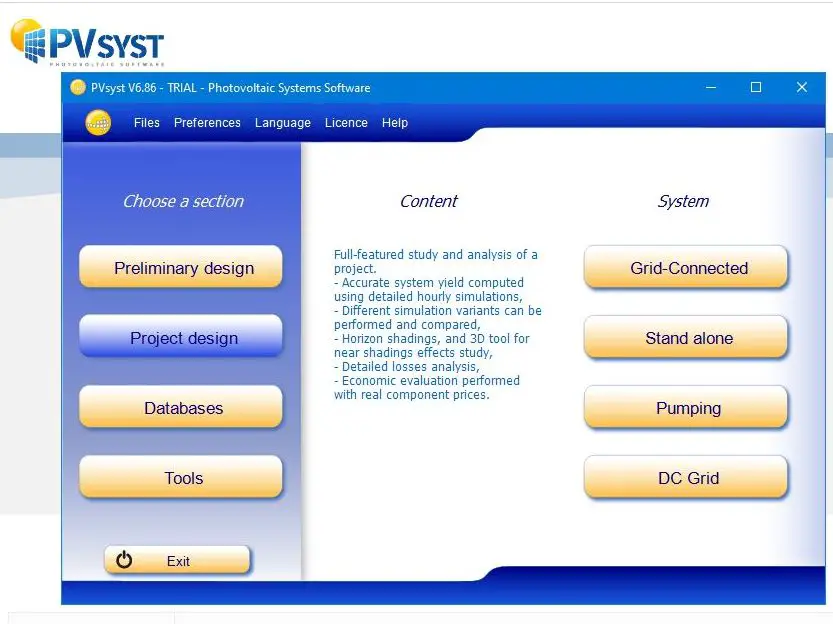

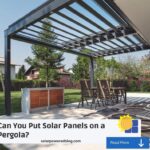






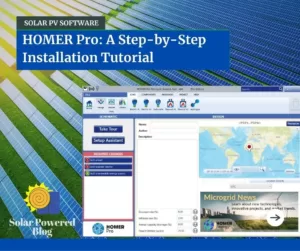
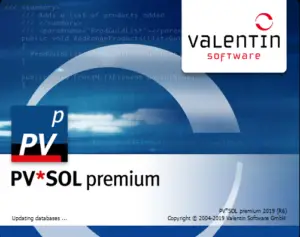
Qiute interesting article.. A photovoltaic system typically includes a panel or an array of solar modules, a solar inverter, and sometimes a battery and/or solar tracker and interconnection wiring.